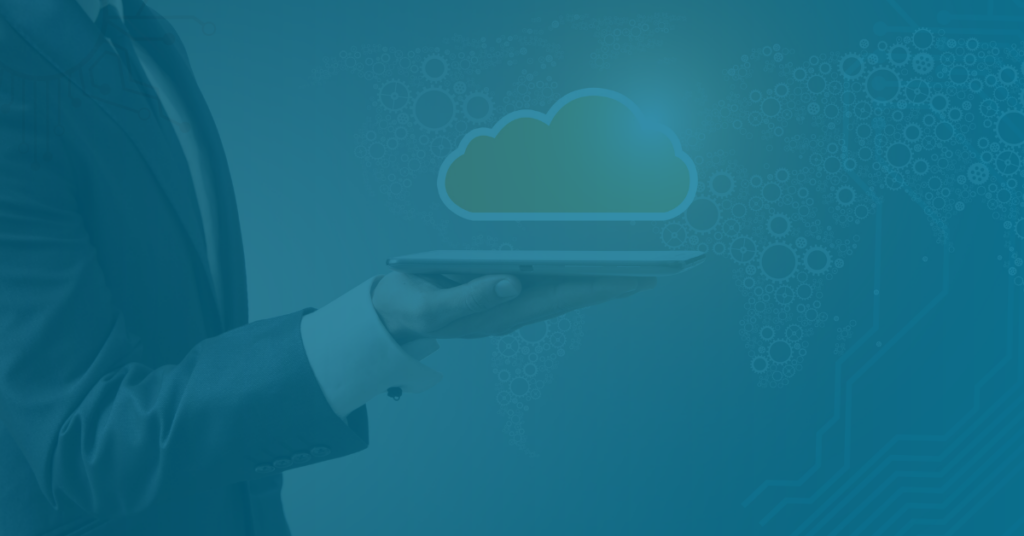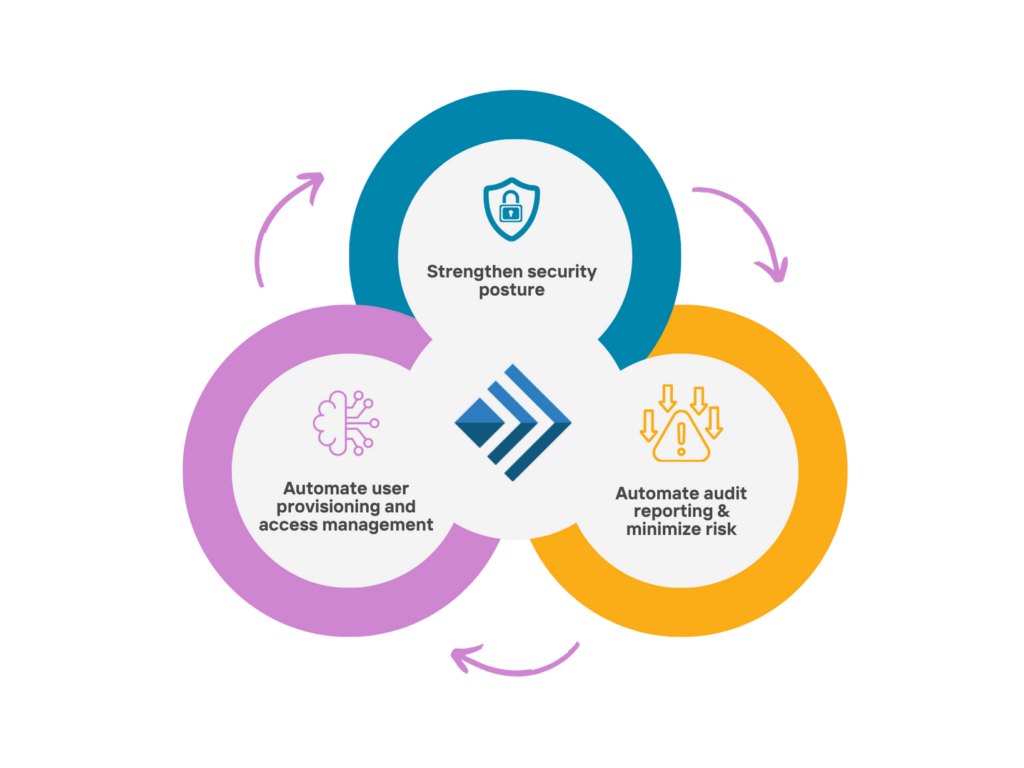
Cloud technology is exciting as well as challenging with the constant emergence of inconvenient and unfamiliar problems. Encouragingly, solutions to those problems are beginning to emerge—offering a clear path forward. Scaling up cloud transformation or migration initiatives has led to security challenges especially with cloud data storage and how it is accessed. Cloud platforms provide incredible advantages to accessibility and data redundancy. However, they also introduce an expanded attack surface with a greater chance of breaches and identity sprawl. Cloud Infrastructure Entitlements Management (CIEM) is the newcomer looking to tackle these issues head-on and a managed CIEM service is its strongest contender.
CIEM is a new pillar of identity management, still being explored and developed.It is already being hailed as the extension of Identity & Access management service to solve cloud identity challenges. Hence, such an investment requires careful forethought and consideration of available options. The value of such an investment cannot be understated. Enterprises with a strong CIEM solution can achieve a better risk posture, especially with third-party environments. CIEM solution creates greater audit and compliance readiness, and a more frictionless experience for customers. Before choosing a CIEM service, understand why your enterprise needs one, what capabilities are essential, and which warning signs signal a provider may not be the right fit.
Signs that you need a Managed CIEM Service
While CIEM services can be complex, the signals that it’s time to consider one are crystal clear. Start by asking yourself a few simple questions about your enterprise. Do you plan to implement more than one cloud platform or operate from more than one location? Are your infrastructure and workloads dependent on cloud support to function? Do your DevOps teams perform wide-ranging CI/CD operations without oversight and counsel from a dedicated Cloud Security team? Are your cloud operations teams siloed to a specific platform or platform without interoperability?
If you answered yes to any one of these questions, then a managed CIEM service should become a priority sooner than later. To remain competitive in the digital marketplace, in the future you will need to invest in the cloud. There’s a reason Azure, AWS, and Google Cloud are used everywhere. Yet even something as seemingly simple as connecting to a cloud virtual machine could potentially open a gap in your perimeter.
The vulnerability of cloud virtual machines became apparent in March of 2025, when public scans revealed an alarming number of exposed VMware ESXi instances worldwide. Only by securing your cloud platforms through a comprehensive implementation of Principle of Least Privilege (PoLP) can your risk posture compensate for such a large attack surface. Your best bet for accomplishing this is the expertise and acumen of a managed CIEM service.
Managed CIEM Service Capabilities You Need to Look For
Now that you’ve determined the need for a quality managed CIEM service, what should you look for? Consistency across all your platforms should be your top priority. Simeio Product Management Director, Rajesh Appikulam, says that a CIEM service “should standardize and enforce your security and entitlement policies across multiple platforms. Ideally a single dashboard should present and control all your cloud functions.” This is not limited to cloud platforms like AWS, Azure, and Google. It should eventually expand to your SaaS applications, providing an identity-centric permissions or entitlements map for your identity fabric.
Enforcement and management should spring as much from automation as they do from direct controls. The managed CIEM service needs to be capable of curating your accounts to enforce PoLP. It should also provide you with active monitoring, remediation scripts, and just-in-time access definitions. It must evaluate identity risk vectors based on permissions/entitlements and determine if the number assigned exceeds actual usage. Finally, it must lay the groundwork for zero-trust permissions. These features form an airtight perimeter around your identities. Thus, a managed CIEM offering must include them.
As important as the CIEM product capabilities are, an often passed-over feature of CIEM services is the human element. A service provider focused on identity security can direct your CIEM service to expand and improve your overall identity and access management initiative, including assessing your IAM maturity and demonstrating how CIEM fits into it. It also encompasses the handling of automation to help adoption, policy enforcement, designing remediation, and collaborating with your teams. Above all, such a provider helps your organization tackle the explosion of cloud entities as you scale up, avoiding bloating budgets and an inability to scale with business growth.
Warning Signs
Capable technology tailored to your requirements by an experienced service provider is the core of a well-managed CIEM service. Beware of unworthy offerings. There are a few specific red flags to watch out for. Technology that does not provide coverage for AWS, Azure, and Google they should be avoided. Turn your nose up to those service providers who do not enhance their offering through automation. If they do not provide custom care, pass them over.
If a provider does not bundle CIEM services as a part of an overall IAM program, their coverage of your cloud is incomplete. CIEM occupies an unusual middle ground between PAM and Identity Governance and Administration (IGA), an isolated CIEM offering without the IAM focus will not help you reap the best benefits. It is equally important to ensure that the CIEM service integrates your Cloud Infrastructure and Platform Services (CIPS) and Cloud Security Posture Management (CSPM) products into your larger organizational security goals. It’s risky to choose a provider that doesn’t support your broader IAM program, as doing so will also leave your business goals out of the picture.
Above all, make sure the service provider you choose is fully qualified to manage your identities. Evaluate how effectively the provider can scale to support your enterprise’s growth and adopt emerging technologies. Review their portfolio to understand how many clients rely on them specifically for identity services. A provider divided across multiple focus areas is unlikely to match the expertise of one dedicated solely to identity. Hold prospective CIEM managed service providers to these high—yet essential—standards. Meeting them can elevate your enterprise; overlooking them can put it at risk.
Reach out to a Simeio Identity Advisor and start the search for your perfect CIEM managed service provider.

